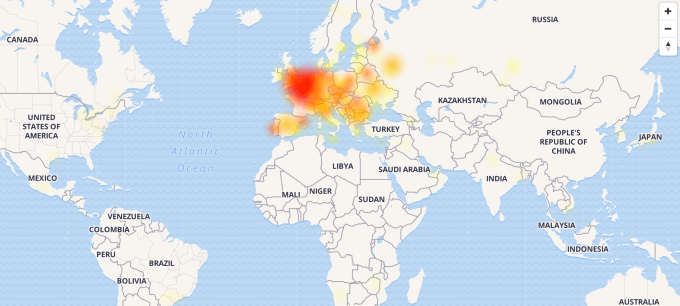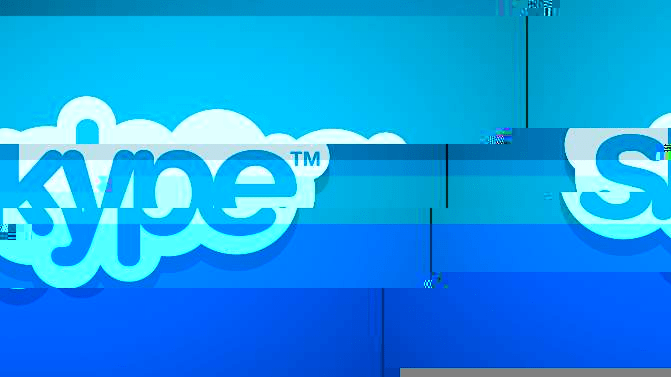After three days of connectivity issues that prevented some Skype users from being able to log in, make calls or send and receive messages, the company says it has now fully resolved the problem. What it isn’t saying — at least not yet — is what exactly happened.
Microsoft’s decision to stay silent on an incident of this duration and scale — the outage impacted users across Europe and elsewhere — lends further credence to reports that a hacker group may be to blame.
Generally speaking, when the issue is technical in nature — like Starbucks’ buggy update, Instapaper’s database failure, a web services outage with rippling effects or some other technical problem — companies today tend to just admit it. Sometimes they even publish a post-mortem in order to reassure their users that whatever had caused the outage was now understood and being addressed, so it won’t be an issue in the future.
Skype, however, has said nothing all week — even as reports surfaced that a hacking group has claimed responsibility for the matter. As the BBC and others have noted, a group called CyberTeam has taken credit for the outage in a tweet.
https://twitter.com/CyberTeam/status/876912510883872769
Whether that’s true or not, though, can still not be confirmed.
There has also been chatter that a DDoS attack could have caused this. That seems possible, given the delay to mitigate the issues, along with the fact that Skype tweeted the problems were fixed, only to quickly discover they were not.
But Microsoft is still not offering details or comments on the matter.
When asked for any information — whether that’s confirming the exact time frame of the outage, how it was fixed or asking for comment on the hacking group’s claims — Microsoft only refers us to the Skype Heartbeat page for information, saying “we have nothing further to share at the moment.”
The Skype Heartbeat page, meanwhile, only offers brief updates along the lines of “we are aware of an incident,” “we’re seeing improvements,” “we have made some configuration corrections” and so on. It doesn’t say what happened, why or how, specifically, Skype has resolved the matter.

Skype’s outage largely impacted European users, according to traffic-monitoring service DownDetector. But users in other regions may have felt the effects, as well.
The outage began on Monday, June 19th, which also is when it was first acknowledged by Microsoft on its website. The issue wasn’t marked as fully resolved until Wednesday, June 21, 2017 at 18:00 GMT.
For a service as large as Skype, with some 300 million users, and a plan to reinvent itself for the social age, users are frustrated with the lack of an explanation.
As many rightly point out, Skype isn’t just a “fun” app — it’s a service they rely on for work, for connecting with clients and colleagues and for communication. They want to know if Skype screwed up, or if it was hacked or attacked. And they have a right to get an answer, as well as the right to take their business — and their money spent on premium features — elsewhere.
https://twitter.com/Maria_Amelie/status/877122517768470530
